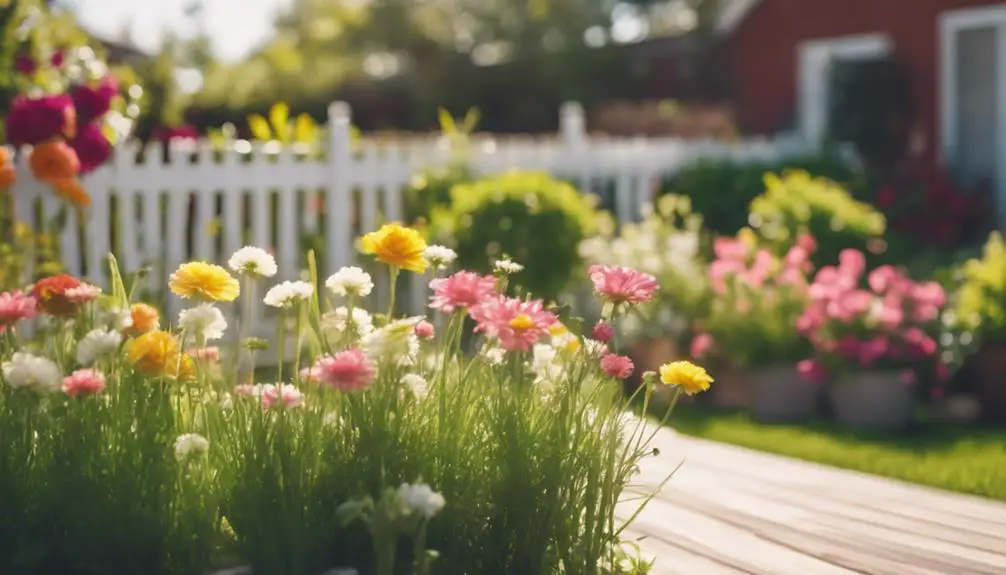Starting a fall garden is a great way to enjoy fresh produce even as the temperatures drop. Fall gardening offers many benefits, including fewer pests and cooler weather that makes gardening more enjoyable. In this post, we’ll explore 25 of the best plants to grow in a fall garden.
You’ll learn about the specific needs of each plant, such as soil temperature, sunlight requirements, and water needs. We’ll also cover whether it’s best to plant from seeds or transplants and provide some recommended varieties for each plant.
By the end of this guide, you’ll have all the information you need to create a thriving fall garden. Let’s dive in and discover the best plants for your fall garden!
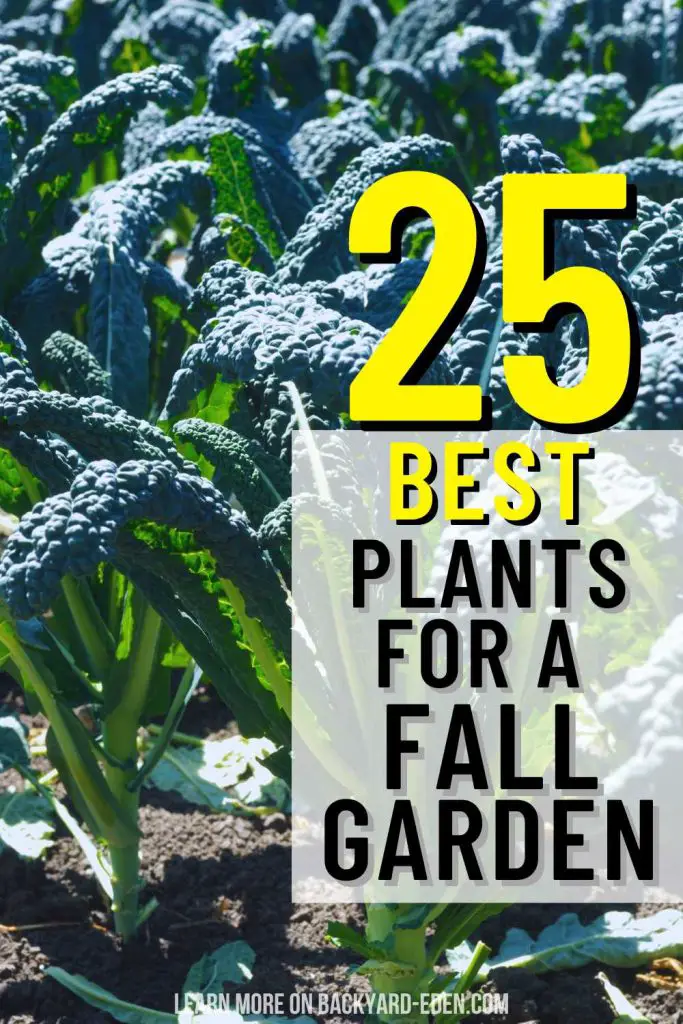
Best Plants For A Fall Garden
Leafy Greens
Spinach
Spinach is a fantastic choice for a fall garden because it thrives in cool weather. It prefers soil temperatures between 50-70°F for optimal growth. Spinach requires full to partial sunlight, needing at least 4-6 hours of sunlight daily. Keep the soil consistently moist but not waterlogged, as spinach enjoys regular watering.
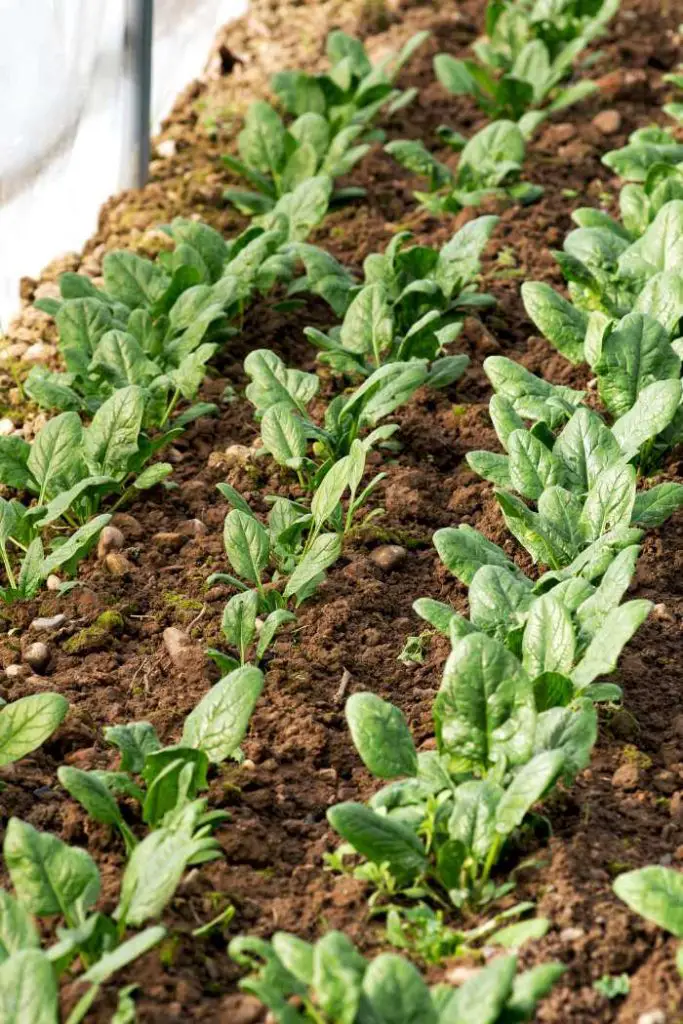
Spinach can be harvested multiple times. You can start by picking the outer leaves when they are big enough to eat, allowing the inner leaves to continue growing. It’s best to plant spinach from seeds directly in the garden.
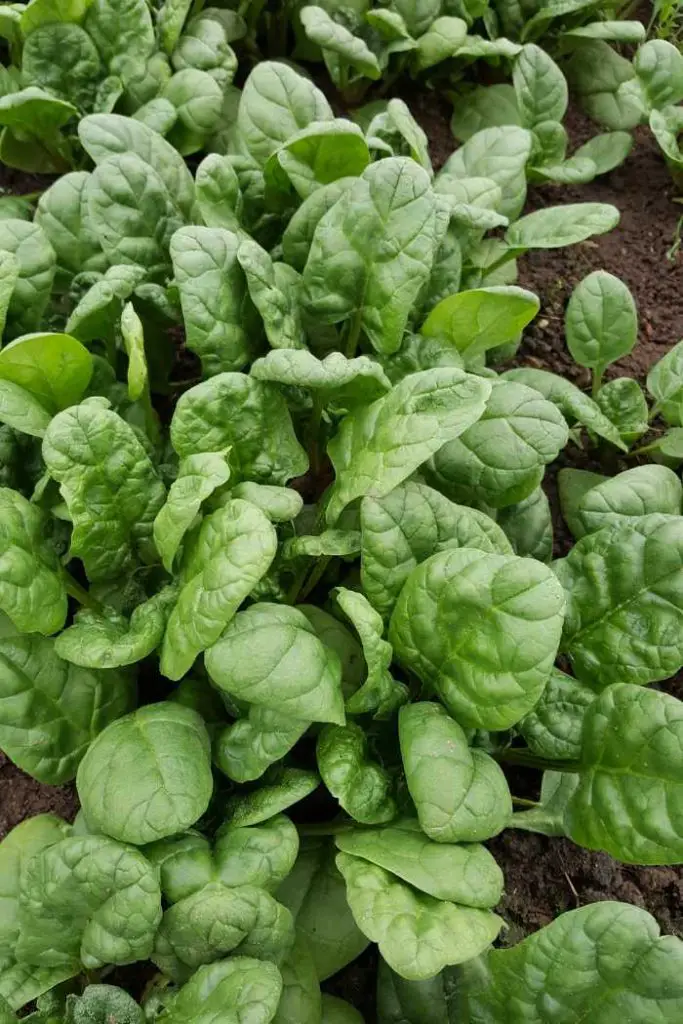
Some recommended varieties include ‘Bloomsdale,’ which is known for its crinkled leaves, and ‘Baby’s Leaf,’ which is perfect for salads.
Kale
Kale is a hardy leafy green that performs well in cooler temperatures. It grows best in soil temperatures between 45-75°F. Kale needs full sunlight for at least 6 hours a day but can tolerate partial shade. Water kale consistently, keeping the soil moist but not soggy.

Kale can be harvested over an extended period. Start by picking the outer leaves when they are about the size of your hand. New leaves will continue to grow from the center.
Kale can be grown from seeds or transplants, but starting from seeds is often more economical.
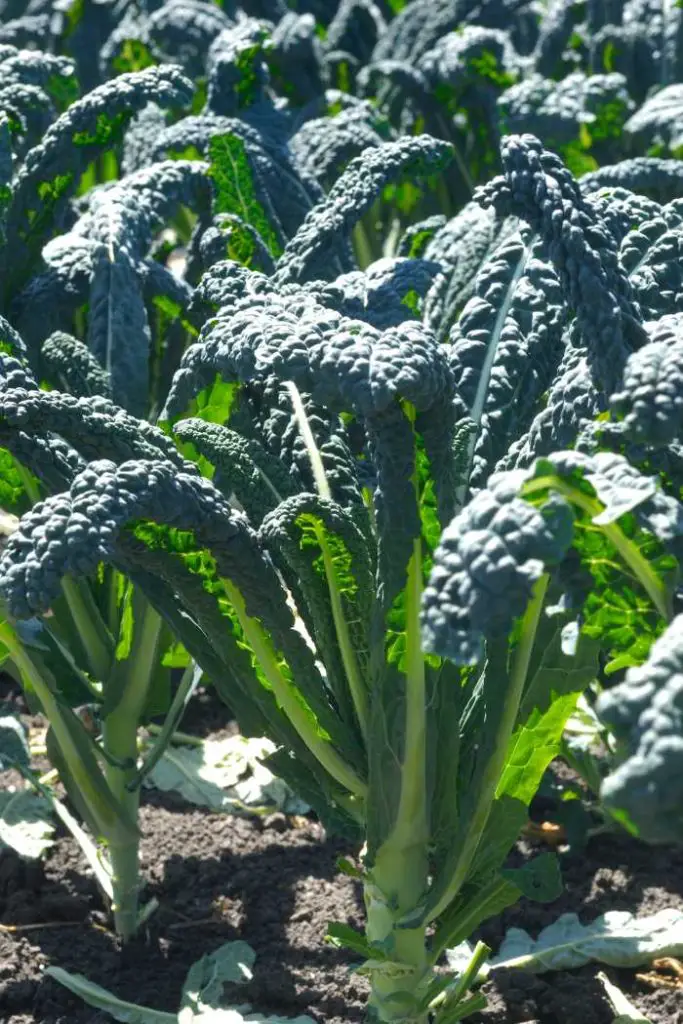
Recommended varieties include ‘Lacinato,’ also known as dinosaur kale, and ‘Red Russian,’ which has tender, sweet leaves.
Lettuce
Lettuce is another excellent option for a fall garden due to its preference for cooler weather. It grows best in soil temperatures between 45-65°F. Lettuce requires full to partial sunlight, ideally 6 hours of light each day. Keep the soil consistently moist, but avoid waterlogging.
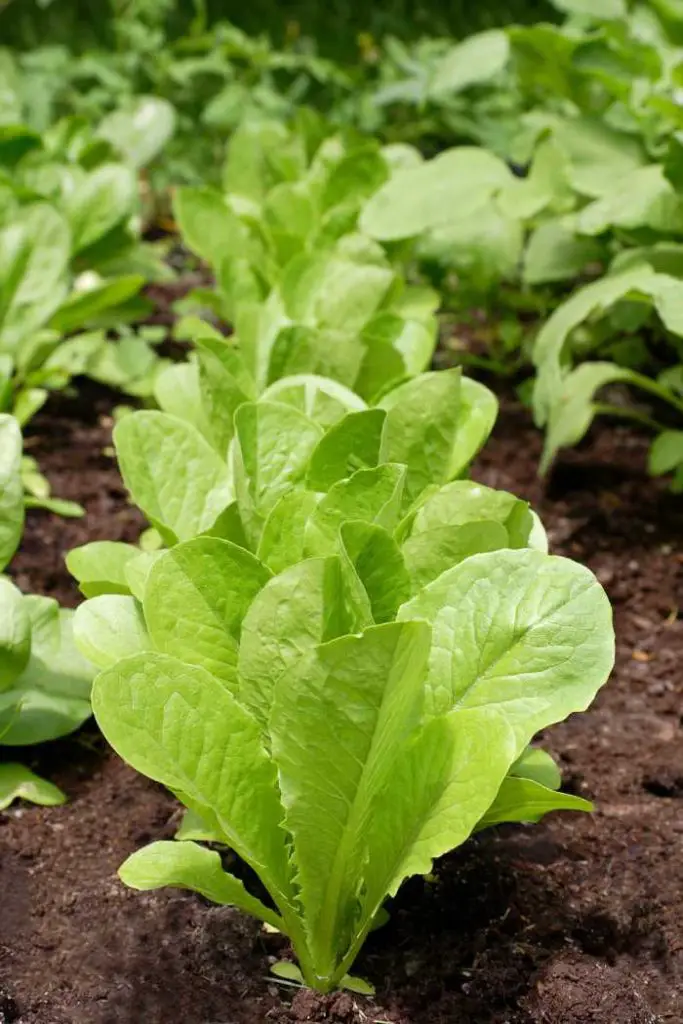
Lettuce can be harvested as a whole plant or by picking outer leaves, allowing inner leaves to grow. This method provides a continuous harvest over several weeks. Lettuce is best planted from seeds directly in the garden.

Some popular varieties include ‘Buttercrunch,’ known for its tender leaves, and ‘Romaine,’ which is crispy and nutritious.
Swiss Chard
Swiss chard is a versatile leafy green that thrives in cool weather. It prefers soil temperatures between 50-85°F. Swiss chard needs full sunlight for at least 6 hours a day but can tolerate partial shade. Water consistently, keeping the soil moist but well-drained.
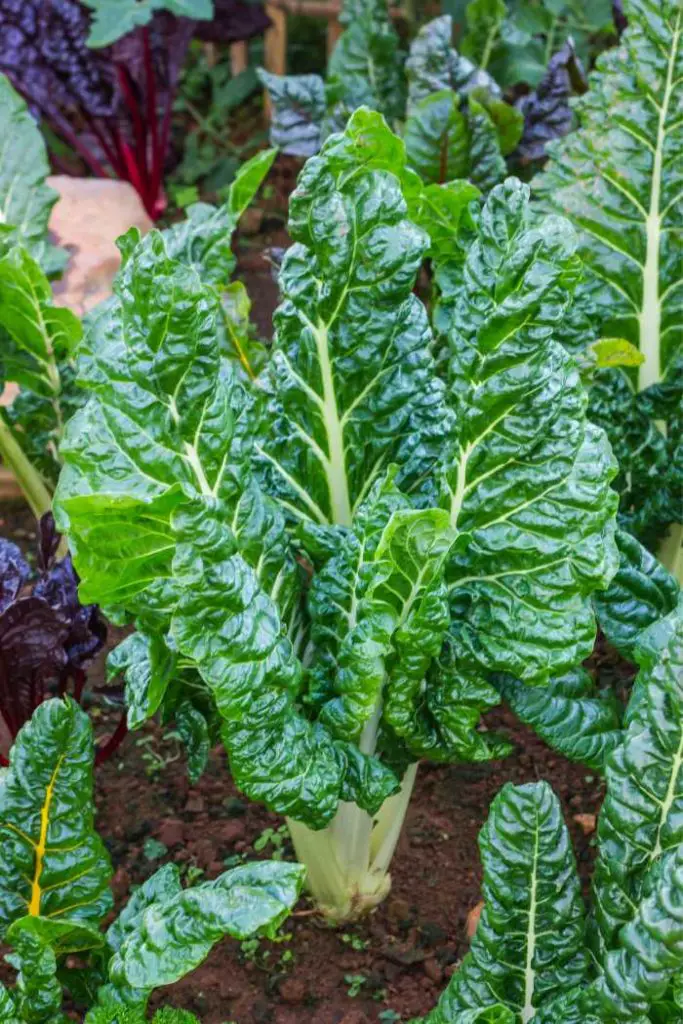
Swiss chard can be harvested multiple times by cutting outer leaves and allowing the center to continue producing. It’s best to plant Swiss chard from seeds directly in the garden.
Recommended varieties include ‘Bright Lights,’ which features colorful stems, and ‘Fordhook Giant,’ known for its large, dark green leaves.
Arugula
Arugula is a fast-growing leafy green that does well in fall conditions. It grows best in soil temperatures between 50-65°F. Arugula needs full to partial sunlight, requiring at least 4-6 hours of light daily. Keep the soil moist, as arugula prefers regular watering.
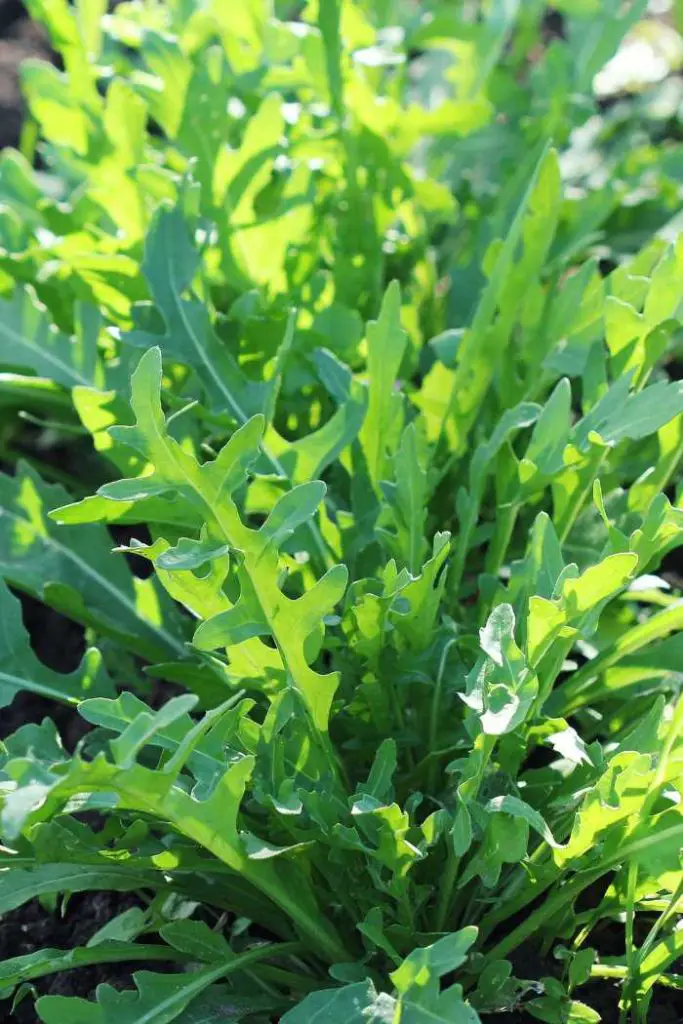
Arugula can be harvested by picking outer leaves, which encourages continuous growth. It’s best to plant arugula from seeds directly in the garden. Popular varieties include ‘Rocket,’ known for its spicy flavor, and ‘Astro,’ which is milder and great for salads.
By including these leafy greens in your fall garden, you can enjoy a variety of fresh, nutritious produce well into the cooler months.
Root Vegetables
Carrots
Carrots are a great root vegetable to grow in a fall garden because they thrive in cooler weather. They grow best in soil temperatures between 55-75°F. Carrots need full sunlight for at least 6 hours a day to grow well. Water the soil consistently to keep it moist but not waterlogged.
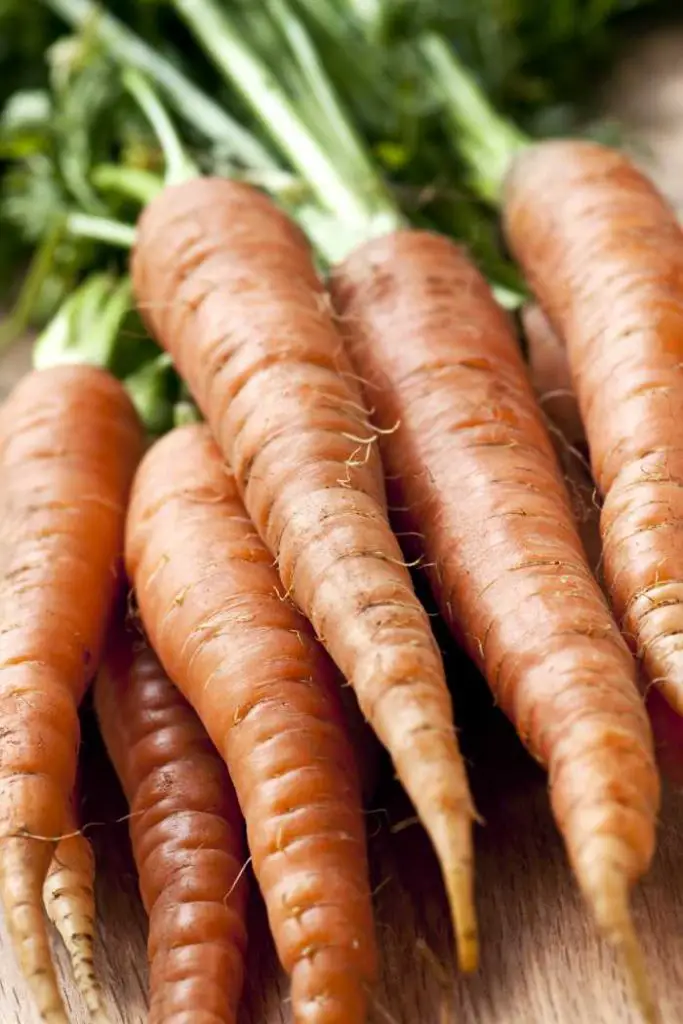
Carrots are typically harvested all at once when they reach the desired size, usually around 2-3 months after planting. However, you can also harvest baby carrots earlier. Carrots are best planted from seeds directly in the garden.
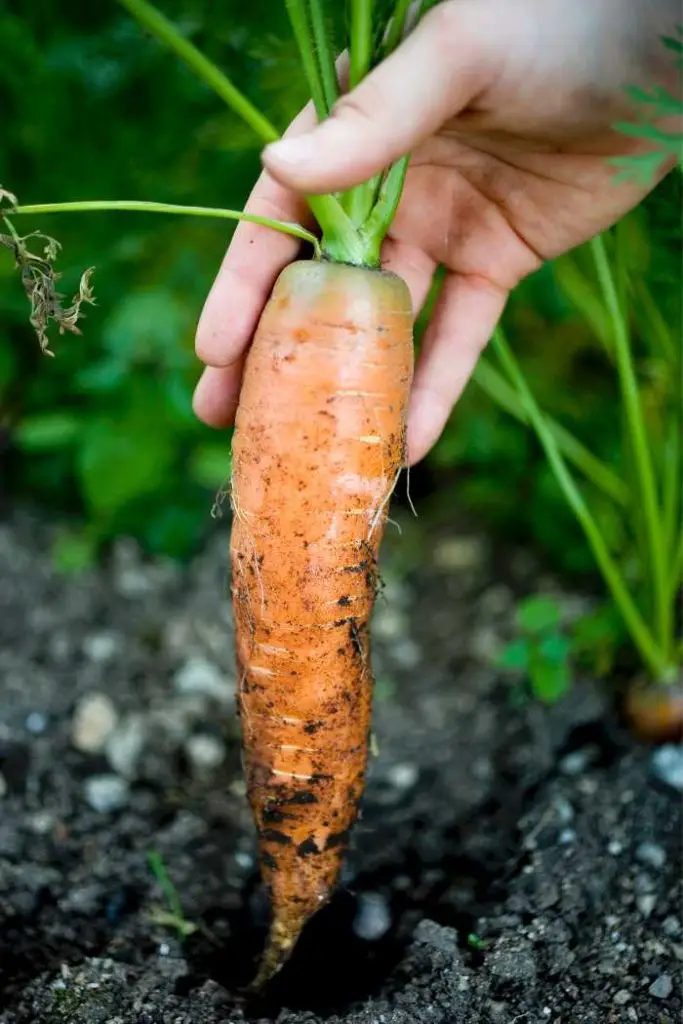
Recommended varieties include ‘Nantes,’ known for its sweet flavor and uniform shape, and ‘Danvers,’ which is more tapered and good for storage.
Beets
Beets are another excellent root vegetable for fall gardening. They grow best in soil temperatures between 50-75°F. Beets need full sunlight, ideally 6 hours of light each day. Keep the soil consistently moist to help the roots develop properly.

Beets can be harvested when they are about the size of a golf ball, typically around 50-70 days after planting. You can also harvest the greens for salads or cooking.
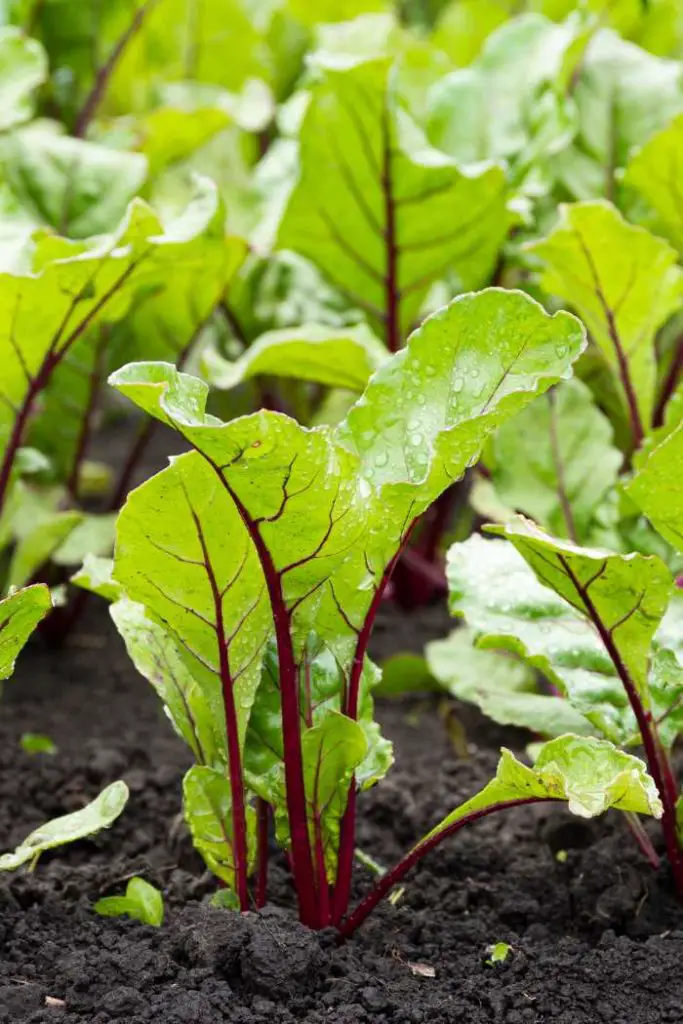
Beets are best planted from seeds directly in the garden. Some recommended varieties include ‘Detroit Dark Red,’ known for its deep color and sweetness, and ‘Golden,’ which has a milder flavor and vibrant color.
Radishes
Radishes are a quick-growing root vegetable that does well in fall. They grow best in soil temperatures between 50-70°F. Radishes need full sunlight for at least 6 hours a day but can tolerate partial shade. Water them regularly to keep the soil moist but avoid waterlogging.

Radishes can be harvested within 3-4 weeks after planting, making them one of the fastest crops to grow. They are best planted from seeds directly in the garden. Popular varieties include ‘Cherry Belle,’ known for its crisp texture and mild flavor, and ‘French Breakfast,’ which is elongated and slightly spicy.
Turnips
Turnips are a hardy root vegetable that thrives in cool weather. They grow best in soil temperatures between 50-70°F. Turnips require full sunlight, ideally 6 hours of light each day. Keep the soil moist but well-drained to help the roots develop properly.
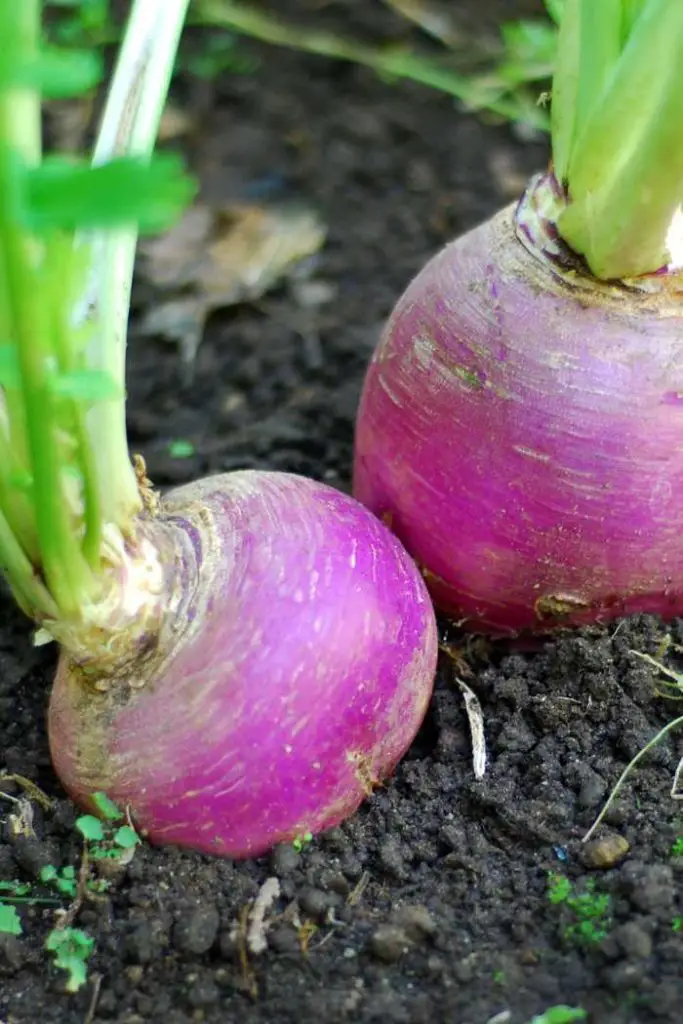
Turnips can be harvested when they are about 2-3 inches in diameter, usually around 40-60 days after planting. You can also harvest the greens for cooking. Turnips are best planted from seeds directly in the garden.
Recommended varieties include ‘Purple Top White Globe,’ known for its sweet, mild flavor, and ‘Hakurei,’ which is a Japanese variety with a crisp, delicate taste.
Parsnips
Parsnips are a flavorful root vegetable that benefits from the cooler temperatures of fall. They grow best in soil temperatures between 50-70°F. Parsnips need full sunlight for at least 6 hours a day to grow well. Water them consistently to keep the soil moist but not soggy.
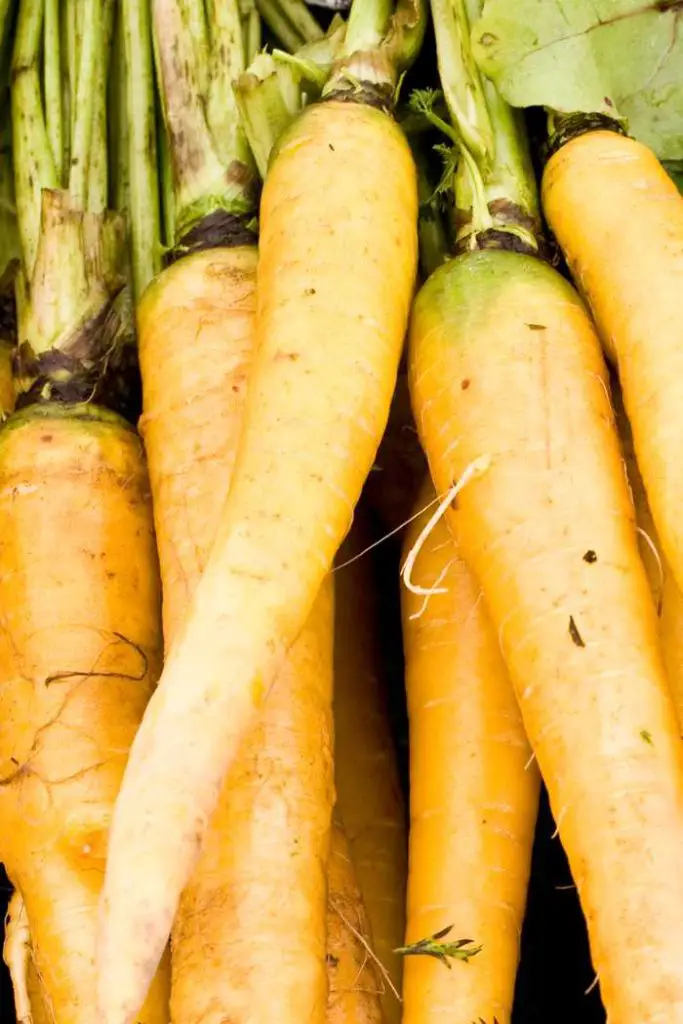
Parsnips take a longer time to mature, typically around 100-130 days. They are best planted from seeds directly in the garden. Harvest them after a few frosts, as this improves their sweetness. Recommended varieties include ‘Hollow Crown,’ known for its sweet flavor, and ‘Gladiator,’ which has a smooth skin and high yield.
By planting these root vegetables in your fall garden, you can enjoy a variety of hearty and nutritious produce well into the cooler months.
Brassicas
Broccoli
Broccoli is an excellent choice for a fall garden due to its preference for cooler temperatures. It grows best in soil temperatures between 65-75°F. Broccoli needs full sunlight, requiring at least 6 hours of sunlight daily. Water the soil consistently, keeping it moist but well-drained.

Broccoli can be harvested once the central head reaches full size and before the buds begin to flower. You can often get a second harvest of smaller side shoots. It is best to start broccoli from transplants rather than seeds, as this gives the plants a head start.
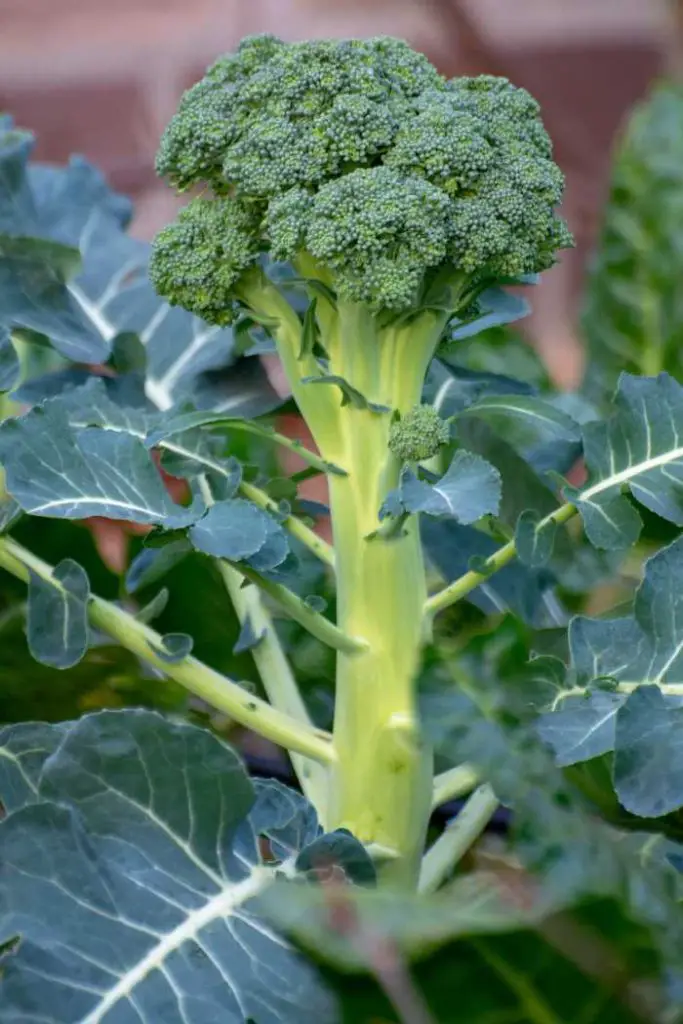
Recommended varieties include ‘Calabrese,’ known for its large heads and side shoot production, and ‘Waltham 29,’ which is a cold-tolerant heirloom variety.
Cauliflower
Cauliflower thrives in cool weather and requires soil temperatures between 60-70°F. It needs full sunlight, with at least 6 hours of direct sunlight each day. Water consistently to keep the soil evenly moist, as cauliflower is sensitive to drought.
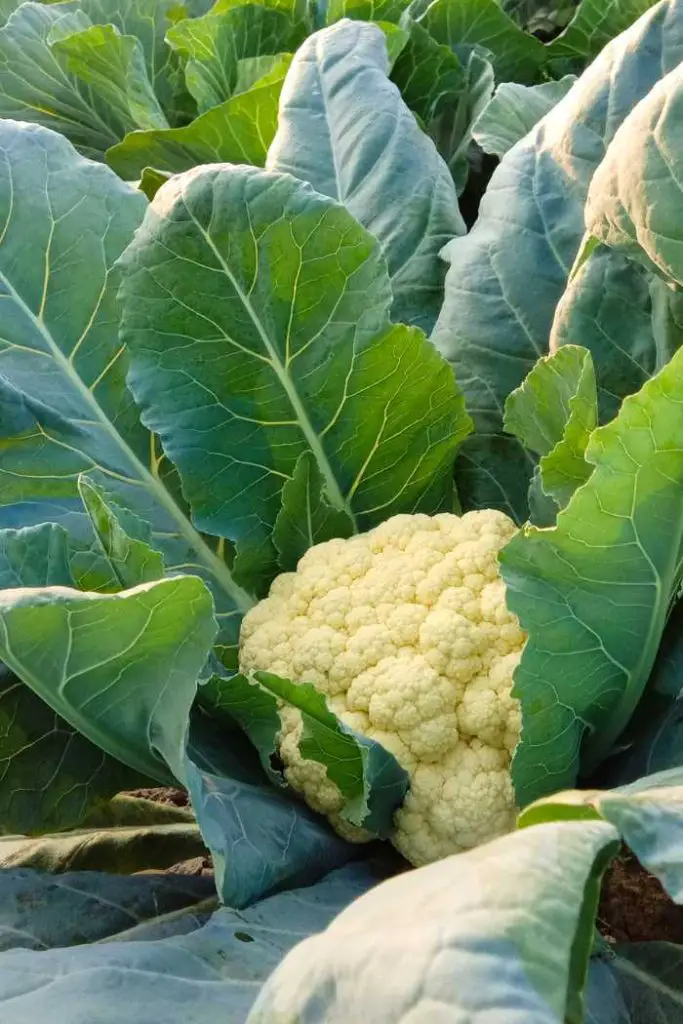
Cauliflower is typically harvested once the heads are fully developed but before they start to separate. This usually occurs about 70-100 days after planting.
It’s best to start cauliflower from transplants. Recommended varieties include ‘Snowball,’ which has a compact, white head, and ‘Cheddar,’ known for its bright orange color and high beta-carotene content.
Brussels Sprouts
Brussels sprouts are a hardy brassica that grows well in fall conditions. They prefer soil temperatures between 60-70°F. Brussels sprouts need full sunlight for at least 6 hours a day. Keep the soil consistently moist but well-drained.

Brussels sprouts are harvested when the small sprouts, or “mini cabbages,” are firm and 1-2 inches in diameter. They are often sweeter after a light frost. It’s best to start Brussels sprouts from transplants to give them a head start.
Recommended varieties include ‘Jade Cross,’ known for its uniform sprouts and high yield, and ‘Long Island Improved,’ which is a reliable heirloom variety.
Cabbage
Cabbage is a cool-season crop that does well in the fall with soil temperatures between 55-75°F. It needs full sunlight, requiring at least 6 hours of sunlight daily. Water the soil regularly to keep it evenly moist, but avoid overwatering.

Cabbage heads are ready to harvest when they are firm and reach the desired size, typically around 70-100 days after planting. It’s best to start cabbage from transplants. Recommended varieties include ‘Green Acre,’ known for its dense heads and sweet flavor, and ‘Red Acre,’ which has vibrant red-purple heads and a slightly peppery taste.
Kohlrabi
Kohlrabi is a unique brassica that grows well in cool weather. It prefers soil temperatures between 60-75°F. Kohlrabi needs full sunlight, requiring at least 6 hours of light each day. Keep the soil consistently moist but well-drained.

Kohlrabi is harvested when the bulbous stem reaches about 2-3 inches in diameter. This usually occurs around 50-70 days after planting. It’s best to start kohlrabi from seeds directly in the garden.

Recommended varieties include ‘Purple Vienna,’ known for its sweet, crisp flavor and purple skin, and ‘White Vienna,’ which has a pale green skin and mild taste.
By including these brassicas in your fall garden, you can enjoy a variety of nutritious and versatile vegetables that thrive in cooler temperatures.
Alliums
Garlic
Garlic is a staple in many kitchens and is easy to grow in a fall garden. It thrives in soil temperatures between 50-70°F. Garlic needs full sunlight, requiring at least 6 hours of direct sunlight each day. Water the garlic consistently, keeping the soil moist but not waterlogged.

Garlic is usually planted in the fall and harvested the following summer. Plant individual cloves from a bulb, pointy side up, about 2 inches deep and 4-6 inches apart.
Garlic gives one harvest when the leaves begin to yellow and fall over. Recommended varieties include ‘Softneck,’ which is great for milder climates, and ‘Hardneck,’ known for its robust flavor and suitability for colder climates.
Onions
Onions are versatile and can be grown in a fall garden, especially in milder climates. They prefer soil temperatures between 50-75°F. Onions need full sunlight, requiring at least 6 hours of sunlight daily. Water the onions regularly to keep the soil evenly moist.

Onions can be grown from seeds, sets (small bulbs), or transplants. For fall planting, sets and transplants are often preferred for a quicker harvest.
Harvest onions when the tops fall over and the bulbs are firm. This typically happens in late spring or early summer.
Recommended varieties include ‘Walla Walla,’ known for its sweet flavor, and ‘Red Baron,’ which has a vibrant red color and a mild taste.
Leeks
Leeks are a flavorful allium that grows well in cool weather. They prefer soil temperatures between 55-75°F. Leeks need full sunlight, with at least 6 hours of light each day. Keep the soil consistently moist but well-drained to promote healthy growth.

Leeks are typically harvested when they reach about 1 inch in diameter. They can be harvested over a period of time, starting with the larger leeks first. It’s best to start leeks from transplants to ensure a good head start. Recommended varieties include ‘King Richard,’ known for its long, white shanks and mild flavor, and ‘American Flag,’ which is an heirloom variety with a robust taste.
By including these alliums in your fall garden, you can enjoy a variety of flavorful and versatile ingredients that are essential in many dishes.
Legumes
Peas
Peas are an excellent choice for a fall garden because they thrive in cooler temperatures. They grow best in soil temperatures between 45-75°F. Peas need full sunlight, requiring at least 6 hours of sunlight each day. Water peas consistently, keeping the soil moist but not waterlogged.
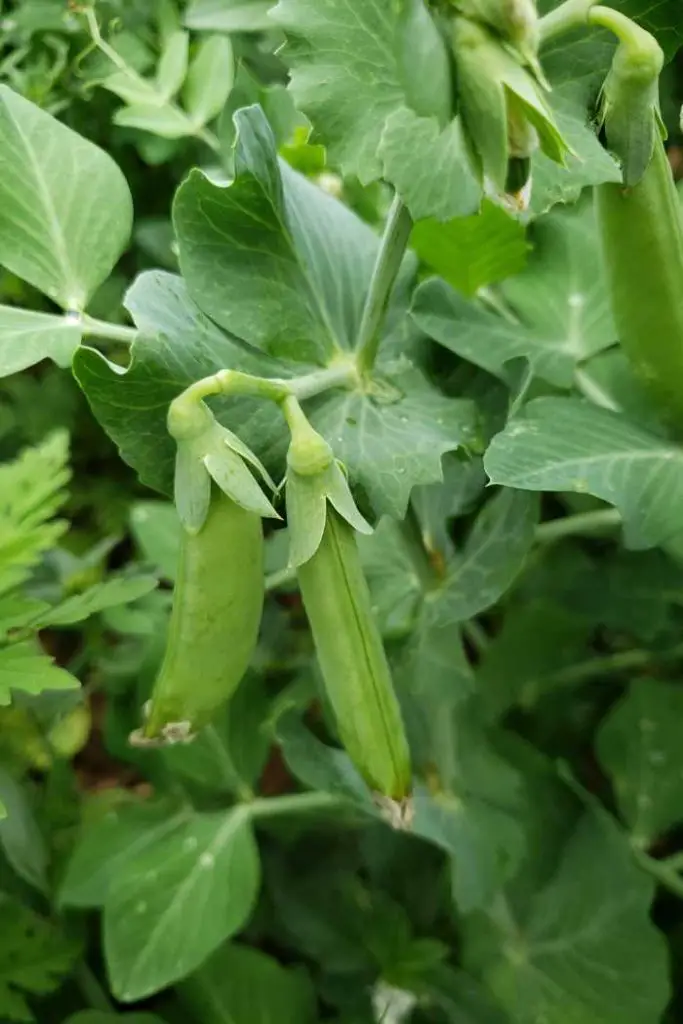
Peas can be harvested over a period of time, starting when the pods are plump but before they become too mature. You can pick the pods every few days to encourage more production. Peas are best planted from seeds directly in the garden.
Recommended varieties include ‘Sugar Snap,’ known for its sweet, edible pods, and ‘Little Marvel,’ which produces tender, shelling peas.
Fava Beans
Fava beans are another legume that performs well in the cooler fall weather. They grow best in soil temperatures between 60-65°F. Fava beans need full sunlight, requiring at least 6 hours of direct sunlight daily. Keep the soil consistently moist but well-drained to ensure healthy growth.
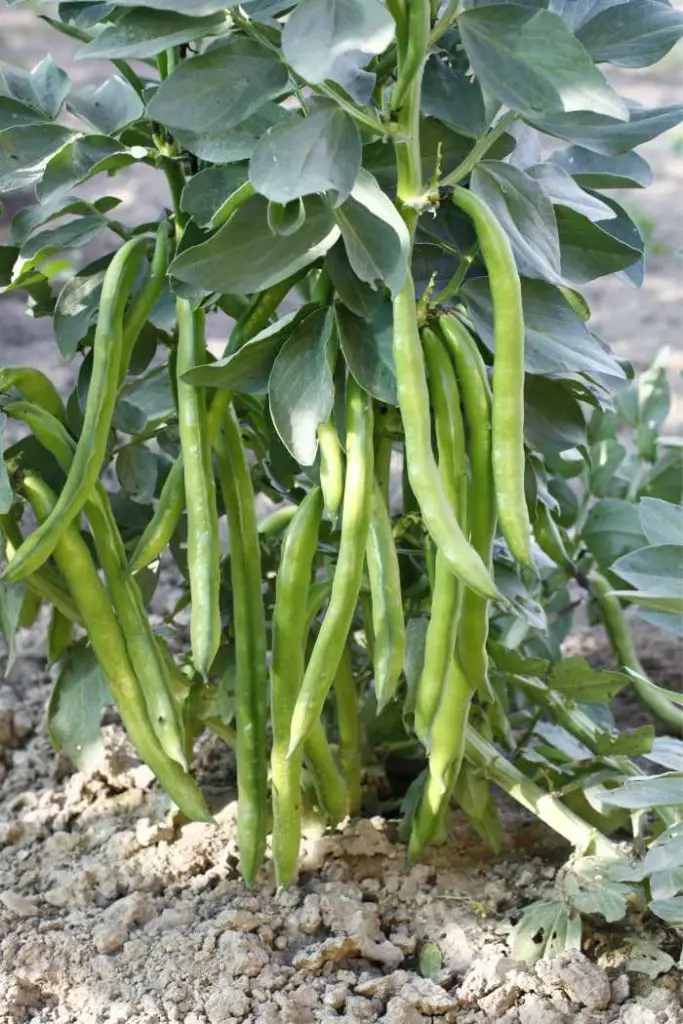
Fava beans are typically harvested when the pods are full but before they start to dry out. This usually happens around 80-90 days after planting. They can be harvested over a period of time as the beans mature.
Fava beans are best planted from seeds directly in the garden. Recommended varieties include ‘Aquadulce,’ known for its large, tender beans, and ‘Windsor,’ which is prized for its excellent flavor and productivity.
By including these legumes in your fall garden, you can enjoy a variety of nutritious and protein-rich vegetables that thrive in cooler temperatures and improve soil fertility.
Herbs
Parsley
Parsley is a versatile herb that thrives in cool weather, making it perfect for a fall garden. It grows best in soil temperatures between 50-70°F. Parsley needs full to partial sunlight, requiring at least 4-6 hours of sunlight each day. Water the soil consistently, keeping it moist but not waterlogged.
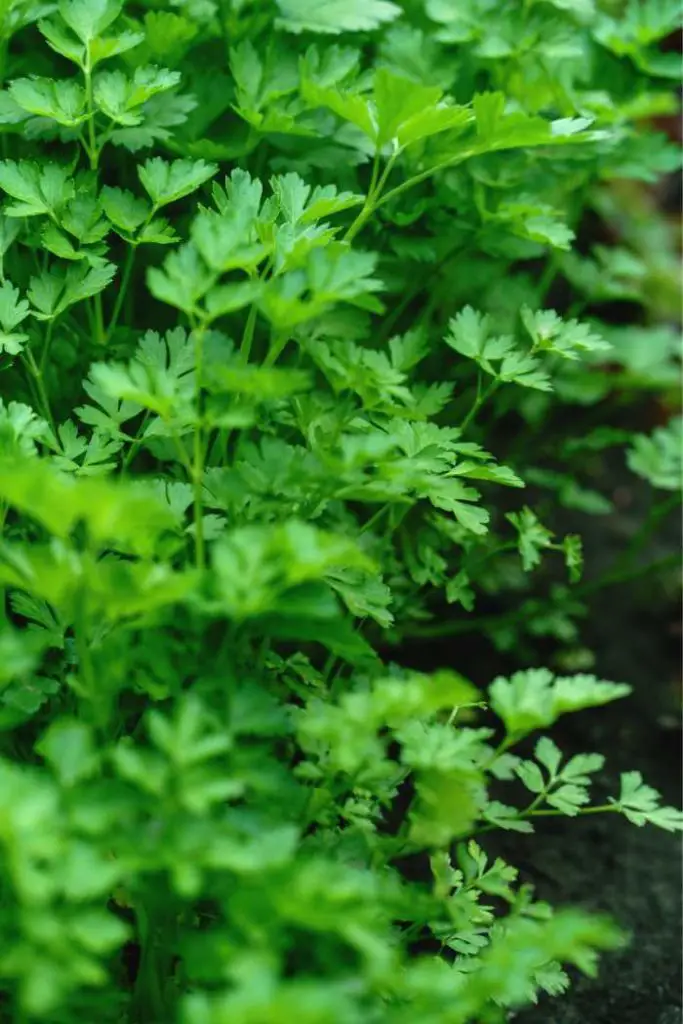
Parsley can be harvested multiple times. Begin by cutting the outer leaves when they are large enough to use, allowing the inner leaves to continue growing. It’s best to plant parsley from seeds directly in the garden. Recommended varieties include ‘Italian Flat-Leaf,’ known for its robust flavor and tender leaves, and ‘Curly,’ which has a milder taste and decorative appearance.
Cilantro
Cilantro is a cool-season herb that grows well in the fall. It prefers soil temperatures between 50-75°F. Cilantro needs full to partial sunlight, ideally 4-6 hours of light each day. Water cilantro regularly to keep the soil consistently moist.

Cilantro can be harvested over a period of time by cutting the outer leaves when they are about 4-6 inches tall. This encourages continuous growth from the center. It’s best to plant cilantro from seeds directly in the garden.
Popular varieties include ‘Santo,’ which is slow to bolt and has a strong flavor, and ‘Calypso,’ known for its compact growth and high yield.
Thyme
Thyme is a hardy herb that can thrive in the cooler temperatures of fall. It grows best in soil temperatures between 60-70°F. Thyme needs full sunlight, requiring at least 6 hours of direct sunlight daily. Water thyme moderately, allowing the soil to dry out between watering.

Thyme can be harvested over a long period. Cut the stems just before the plant flowers for the best flavor. It’s best to plant thyme from transplants, as they establish more quickly than seeds. Recommended varieties include ‘English Thyme,’ known for its traditional flavor, and ‘Lemon Thyme,’ which has a citrusy aroma and taste.
By including these herbs in your fall garden, you can enjoy fresh, flavorful additions to your cooking and benefit from their easy growth in cooler weather.
Other Cool-Season Plants
Mustard Greens
Mustard greens are a nutritious and fast-growing plant that thrives in cool weather. They grow best in soil temperatures between 50-75°F. Mustard greens need full sunlight, requiring at least 6 hours of sunlight each day. Water consistently, keeping the soil moist but not waterlogged.

Mustard greens can be harvested multiple times by picking the outer leaves when they are tender and young. This encourages new growth from the center. It’s best to plant mustard greens from seeds directly in the garden.
Recommended varieties include ‘Red Giant,’ known for its large, colorful leaves and spicy flavor, and ‘Southern Giant Curled,’ which has frilly leaves and a mild, mustardy taste.
Endive
Endive is a cool-season plant that does well in fall gardens. It grows best in soil temperatures between 45-75°F. Endive needs full to partial sunlight, ideally 4-6 hours of light each day. Keep the soil consistently moist to ensure healthy growth.

Endive can be harvested by cutting the outer leaves or the whole head once it reaches maturity. The leaves can be harvested over several weeks, providing a continuous supply. It’s best to plant endive from seeds directly in the garden. Recommended varieties include ‘Frisée,’ which has finely cut, curly leaves, and ‘Broadleaf Batavian,’ known for its large, broad leaves and mild flavor.
Including these cool-season plants in your fall garden can add diversity and nutrition to your harvest, making the most of the cooler growing conditions.
Frequently Asked Questions
What Are The Best Vegetables To Plant In A Fall Garden?
The best vegetables for a fall garden are cool-season crops that thrive in cooler temperatures. Leafy greens like spinach, kale, and lettuce are excellent choices because they grow quickly and can tolerate light frosts. Root vegetables such as carrots, beets, and radishes are also great for fall gardening, as they develop well in cooler soil. Brassicas like broccoli, cauliflower, and Brussels sprouts are ideal for fall planting since they prefer cooler weather and can withstand colder conditions.
How Late Can I Start Planting For A Fall Garden?
The latest you can start planting for a fall garden depends on your local climate and the first frost date. Generally, you should plant fall crops about 6-8 weeks before the first expected frost. This gives your plants enough time to mature. Check the seed packet for the days to maturity and count backward from your first frost date to determine the best planting time. In milder climates, you can often plant later into the season.
How Do I Protect My Fall Garden From Frost?
To protect your fall garden from frost, use row covers or cold frames. Row covers are lightweight fabrics that can be draped over plants to provide an extra layer of warmth. Cold frames are small, transparent structures that act like mini greenhouses, trapping heat and protecting plants from cold weather. For added protection, water your garden in the afternoon before a frost, as moist soil retains heat better than dry soil.
Can I Grow Herbs In A Fall Garden?
Yes, you can grow herbs in a fall garden. Cool-season herbs such as parsley, cilantro, and chives thrive in cooler temperatures and can tolerate light frosts. Some perennial herbs like thyme, oregano, and sage can also continue growing into fall. Plant these herbs in well-draining soil and ensure they receive plenty of sunlight. Protect them from heavy frost with row covers or by bringing potted herbs indoors.
What Are Some Common Pests In Fall Gardens And How Can I Control Them?
Common pests in fall gardens include aphids, slugs, and caterpillars. Aphids can be controlled with insecticidal soap or neem oil. Slugs can be managed by placing beer traps or using diatomaceous earth around your plants. For caterpillars, handpicking them off plants or using organic pesticides like Bacillus thuringiensis (Bt) can help. Regularly inspect your plants and use natural predators, such as ladybugs for aphids, to keep pest populations in check.
How Much Should I Water My Fall Garden?
Watering your fall garden properly is crucial for healthy plant growth. Water your plants regularly, keeping the soil consistently moist but not waterlogged. Check the soil moisture by sticking your finger about an inch into the soil; if it feels dry, it’s time to water. Early morning is the best time to water, as it allows plants to absorb moisture before the day warms up. Aim for deep watering to encourage strong root growth.
How Do I Know When To Harvest My Fall Crops?
Each fall crop has different signs of ripeness. Leafy greens are ready to harvest when the leaves are large enough to eat but before they become tough or bitter. Root vegetables like carrots and beets are ready when their tops are about 1 inch in diameter. Brassicas like broccoli and cauliflower should be harvested when the heads are firm and fully developed but before they start to flower. Check the seed packet or plant label for specific harvesting guidelines.
Is It Possible To Grow A Fall Garden In Containers?
Yes, you can grow a fall garden in containers. Choose cool-season crops that do well in containers, such as leafy greens, radishes, and small root vegetables. Use high-quality potting soil and ensure your containers have good drainage. Place the containers in a sunny spot, as most fall crops need at least 6 hours of sunlight each day. Water regularly and protect from frost by moving the containers indoors or using row covers.
How Can I Improve My Soil For Fall Planting?
Improving your soil for fall planting involves adding organic matter like compost, which enriches the soil with nutrients. Conduct a soil test to check the pH level and nutrient content, and adjust accordingly. Amending the soil with compost or aged manure can improve soil structure and fertility. Mulching with organic materials like straw or leaves helps retain moisture and regulate soil temperature. Rotate crops and avoid planting the same type of vegetable in the same spot each year to prevent soil depletion.
What Should I Do With My Fall Garden At The End Of The Season?
At the end of the season, clean up your garden by removing any dead or diseased plants to prevent pests and diseases from overwintering. Add organic matter like compost or mulch to the soil to prepare it for the next planting season. Consider planting cover crops such as clover or rye to improve soil health and prevent erosion. Clean and store your garden tools properly to keep them in good condition for future use. If you have perennials, protect them with mulch to help them survive the winter.
Conclusion
Planting a fall garden is a wonderful way to extend your growing season and enjoy fresh, homegrown produce well into the cooler months. By carefully selecting a variety of leafy greens, root vegetables, brassicas, alliums, legumes, herbs, and other cool-season plants, you can create a diverse and productive garden. Each plant has its own specific needs in terms of soil temperature, sunlight, and watering, but with proper planning and care, you can ensure a bountiful harvest.
Experimenting with different plants and varieties can also be a fun and rewarding experience. Don’t be afraid to try new things and see what works best in your garden. The key is to start with the right information and be attentive to the needs of your plants. Happy gardening, and enjoy the fruits (and vegetables) of your labor all through the fall!




